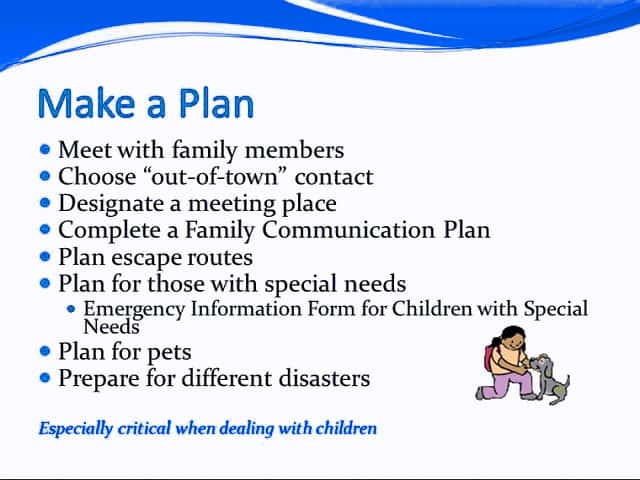
I have been looking at the rainfall projections from Florence and the amounts are mindboggling. I wonder how many of those folks living along the east coast have actually prepared for a natural disaster such as Florence. But it isn’t just those areas that should be prepared.

As if there were not enough tropical concerns with Florence bearing down on the Carolinas, Olivia taking a cruise through Hawaii and Isaac on a path through the Lesser Antilles and Caribbean, and we have a mass of showers and thunderstorms from a disturbance taking aim at the Gulf of Mexico. It could ramp up from a disturbance to a tropical storm in a matter of hours and may do so right before moving ashore. The next name on the list of the 2018 Atlantic hurricane season is Joyce. Aside from most likely minor impacts from wind and beach erosion, flooding may be a significant threat due to the slow-moving nature of the storm, although impacts will be substantially fewer than records set during Harvey.

I have noticed that many of these big rain producers that come ashore will stall. This means days and days of rainfall over a region that will lead to flooding. The worst thing that people who live along coastlines can do is not to prepare for tropical storms and hurricanes. According to the National Hurricane Center, the two key factors contributing to weather safety during hurricanes are preparing in advance for the risks and to act on those preparations when alerted by emergency officials. The main reason people have to evacuate during hurricanes is from a storm surge, which is an abnormal rise of water generated by a storm’s winds that can reach heights well over 20 feet and can span hundreds of miles of coastlines, according to the National Hurricane Center. “Evacuation planning is number one on the list,” said the director of the National Hurricane Center, Rick Knabb.

While people who live in storm surge areas fall within areas that are urged to evacuate during a hurricane, people who live outside of these zones should still look into safety precautions during a hurricane. The most important thing that you can do to prepare is buying supplies well in advance and keeping those supplies on hand should evacuation be required. “If you wait until the hurricane is on your doorsteps, you are going to be waiting in long lines and they could even be out of the stuff you need,” Knabb said. Don’t you know that if I lived in an area that is prone to hurricanes or floods, I would stay prepared? If it can rain, it can flood. Those living in evacuation areas should keep an emergency kit handy that is stored in a way that is easy to grab and go.

These kits should include water, food, blankets and clothing. Pack warm clothing, essential medication, valuables and personal papers in waterproof bags along with your emergency kit. Raise furniture, clothing and valuables onto beds, tables and into roof space place electrical items in the highest place Empty freezers and refrigerators, leaving doors open to avoid damage or loss if they float. Turn off power, water and gas and take your mobile phone. If you are not evacuating, fill plastic bottles with clean water for drinking. Fill bathtubs and sinks with water for flushing the toilet or washing the floor or clothing. Fill your car’s gas tank, in case you need to evacuate. Bring outdoor belongings, such as patio furniture, indoors. Turn off propane tanks to reduce the potential for fire. Consider a precautionary evacuation of your animals, especially any large or numerous animals. Waiting until the last minute could be fatal for them and dangerous for you. Where possible, move livestock to higher ground. If using a horse or other trailer to evacuate your animals, move sooner rather than later. Remember: standard homeowners insurance doesn’t cover flooding but flood insurance does. Get information at www.FloodSmart.gov. Get prepared and be ready if the worst happens. You and your family’s lives may depend on it.





